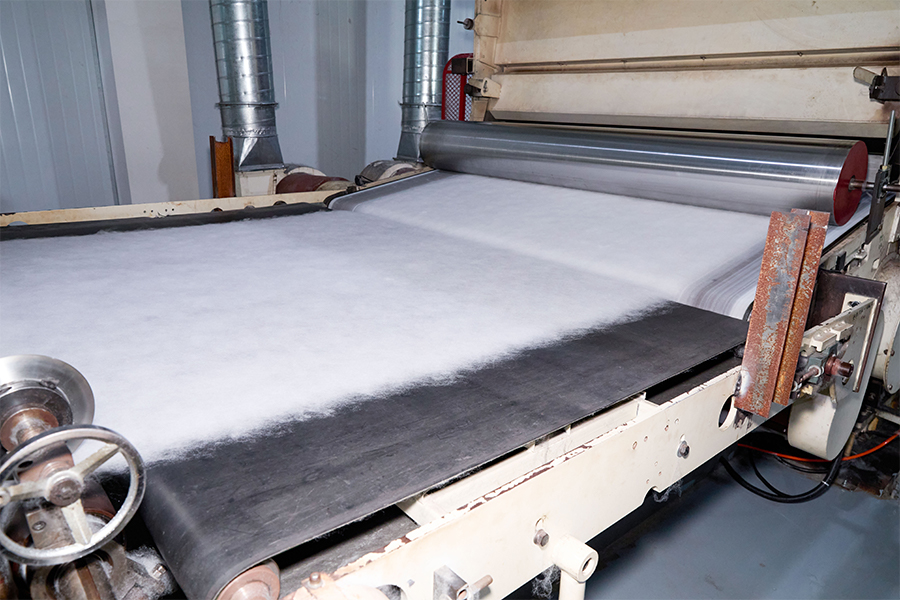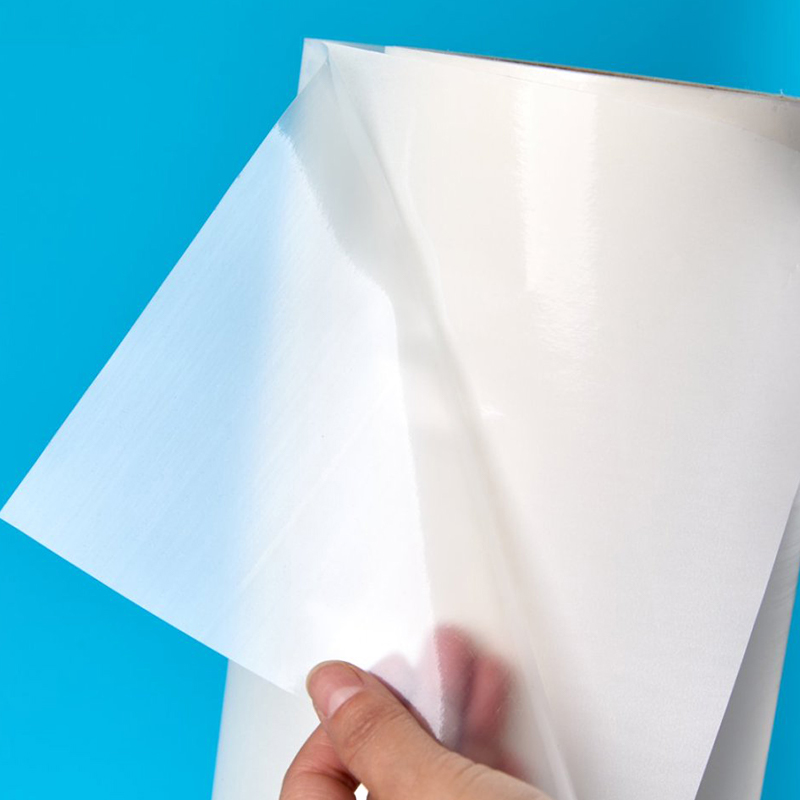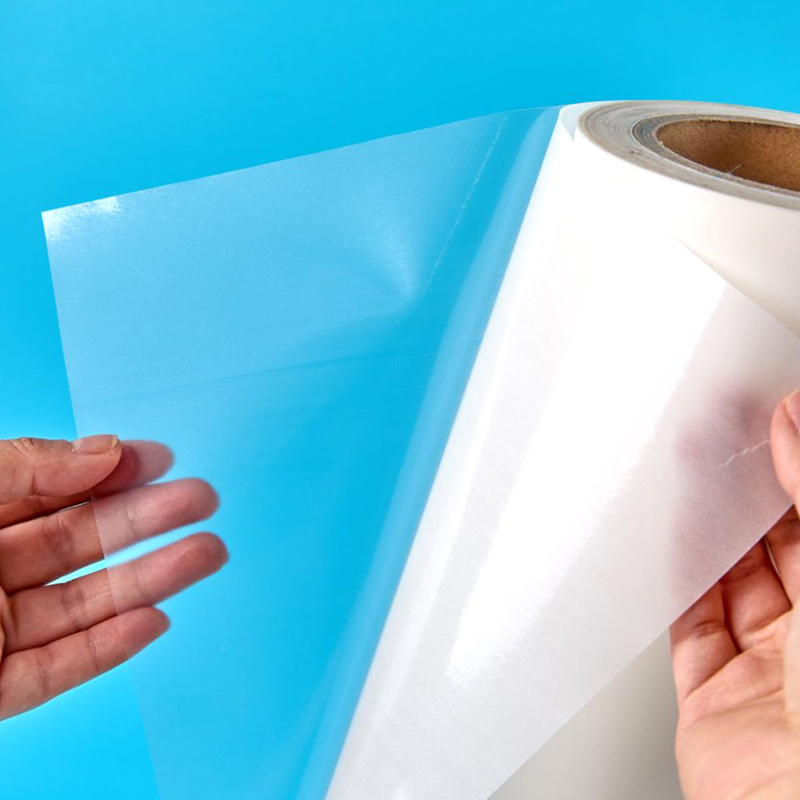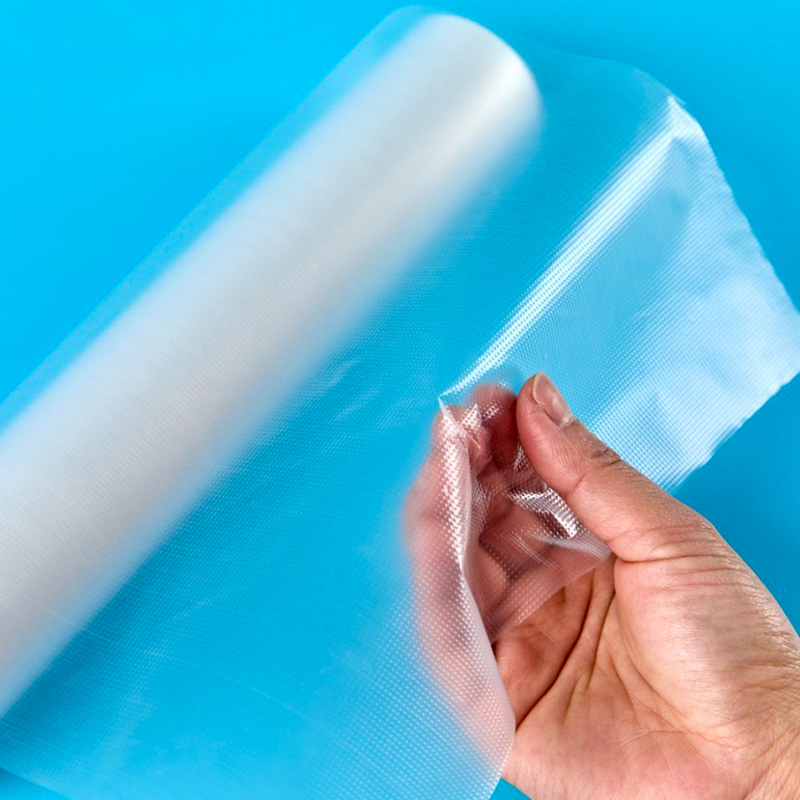The world of garment creation is filled with intricate details and complex techniques. One of the most revolutionary materials aiding designers and sewists in overcoming these challenges is garment water-soluble interlining. This unique stabilizer provides temporary support during the embroidery or sewing process and then magically disappears with water, leaving behind a pristine, professional finish. This guide delves deep into the innovative applications of this material, offering practical solutions and expert insights to elevate your craft, whether you're working on delicate lace, complex freestanding embroidery, or structured collars.
What is Garment Water-soluble Interlining and How Does It Work?
Garment water-soluble interlining, often referred to as water-soluble stabilizer or film, is a non-woven or woven material designed to dissolve completely upon contact with water. Its primary function is to provide temporary stability to fabrics during the manufacturing or crafting process. Unlike traditional interlinings that remain as a permanent layer, this innovative solution vanishes, eliminating the need for meticulous manual removal that can damage delicate stitches or fabrics. The science behind it involves polymers that break down in water, leaving no residue behind. This makes it indispensable for applications where the final product must be free of any supporting materials, showcasing the pure artistry of the work. Its ability to offer robust support during construction and then disappear makes it a cornerstone of modern, high-quality textile production and intricate DIY projects.
- Core Function: Provides temporary stability for stitching and embroidery.
- Key Mechanism: Dissolves completely in warm or hot water, leaving no residue.
- Ideal For: Delicate fabrics like silk, lace, and loosely woven materials that require support during handling but must remain soft and unadulterated afterwards.
- Forms Available: Comes in various weights and forms, such as sheets, rolls, and even a sticky-back variant for extra security.
Top 5 Innovative Applications for Water-Soluble Interlining
The versatility of water-soluble interlining extends far beyond basic stabilization. Its innovative applications solve some of the most persistent problems in sewing and embroidery, opening up a world of creative possibilities. From creating self-supporting lace structures to ensuring flawless appliqué, this material is a secret weapon for achieving a professional finish. By understanding its diverse uses, crafters and manufacturers can push the boundaries of design, producing items that were once considered too complex or time-consuming to make by hand or machine. The following list explores the most impactful and popular applications that demonstrate the true potential of this remarkable material.
- Creating Freestanding Lace Designs: Heavily used in machine embroidery to create delicate, self-supporting lace motifs for projects like doilies, jewelry, or garment overlays.
- Stabilizing Elusive Fabrics for Embroidery: Essential for stitching on stretchy, slippery, or delicate fabrics like knits, silk chiffon, or velvet, preventing puckering and distortion.
- Mastering Complex Heirloom Sewing Techniques: Facilitates techniques like French hand sewing, pin tucking, and delicate lace insertion by holding everything in place perfectly.
- Executing Flawless Appliqué Work: Provides a stable base for precise appliqué shapes, which are then trimmed away after stitching, leaving clean edges.
- Constructing Structured yet Soft Garment Elements: Perfect for creating crisp cuffs, collars, or plackets that need to maintain their shape during construction but remain soft and flexible in the final garment.
How to Use Water-Soluble Interlining for Embroidery
Using water-soluble interlining for embroidery correctly is crucial for achieving perfect results. The process begins with selecting the right type and weight of stabilizer for your specific fabric and design density. For dense, intricate designs, a heavier-weight stabilizer is necessary to prevent puckering and support the numerous stitches. The stabilizer is typically hooped underneath the project fabric or placed on top as a topper for materials with a high pile, like towels or fleece. During the embroidery process, it holds the fabric taut and provides a stable foundation for the needle to penetrate, ensuring every stitch is precise. Once the embroidery is complete, the entire piece is submerged in warm water. The stabilizer dissolves, leaving behind only the beautifully stitched design on the fabric without any stiff backing.
- Step 1: Choose the correct weight of stabilizer based on your fabric and design.
- Step 2: Hoop your fabric with the stabilizer securely underneath.
- Step 3: Proceed with your embroidery machine's routine.
- Step 4: After finishing, gently rinse the embroidered piece in warm water until the stabilizer fully dissolves.
- Step 5: Allow the fabric to air dry flat to maintain its shape.
Benefits of Using Water-Soluble Interlining in Sewing
The benefits of using water-soluble interlining in sewing are extensive, making it a valuable addition to any sewer's toolkit. Its primary advantage is the ability to provide temporary, high-quality support without compromising the final hand-feel or drape of the garment. This is particularly important for high-end fashion and delicate projects where a soft, natural finish is paramount. It significantly reduces finishing time by eliminating the tedious task of picking away at tear-away stabilizers, which can risk damaging stitches or the fabric itself. Furthermore, it promotes accuracy in complex construction steps, ensuring that elements like collars and cuffs are symmetrical and perfectly aligned before being permanently fixed. This leads to a more professional and polished end product with greater efficiency.
- Preserves Fabric Drape: Unlike permanent interfacings, it disappears, maintaining the fabric's original softness and flow.
- Saves Time and Reduces Risk: Removes the need for manual stabilizer removal, speeding up the process and preventing accidental damage to work.
- Enhances Precision: Holds fabric layers securely in place for accurate stitching and construction.
- Versatile Application: Useful for a wide range of techniques, from embroidery to garment construction and decorative sewing.
Water-Soluble Interlining vs. Traditional Stabilizers: A Comparison
Choosing between water-soluble interlining and traditional stabilizers is a common dilemma. The key difference lies in their permanence and method of removal. Traditional stabilizers, like tear-away or cut-away, are designed to be physically removed after stitching, which can sometimes be messy and leave behind bits of material or potentially distort stitches. Water-soluble options, however, offer a clean and complete removal process through dissolution. This makes them superior for projects where no residual support is desired or for techniques like freestanding lace. The choice ultimately depends on the project's requirements: traditional stabilizers often provide a more permanent stability for areas like stretchy knit necklines, while water-soluble is ideal for temporary support and delicate finishes.
| Feature | Water-Soluble Interlining | Traditional Stabilizers (Tear-Away/Cut-Away) |
| Removal Method | Dissolves in water | Physically torn or cut away |
| Final Hand Feel | Soft, no residue | Can sometimes leave a slight stiffness or papery feel |
| Best For | Delicate fabrics, freestanding lace, temporary support | Permanent stability, high-stress garment areas |
| Risk of Damage | Very low | Moderate (risk of pulling stitches during removal) |
| Ease of Use | Very easy, no picking required | Requires careful manual removal |
Tips for Removing Water-Soluble Interlining Completely
Achieving a perfect finish hinges on the complete removal of the water-soluble interlining. While the process is straightforward, a few expert tips can ensure no sticky residue remains. The most important factor is water temperature; using warm to hot water is essential as it accelerates the dissolving process. Gently agitating the water helps to break down the stabilizer molecules more effectively. For heavily stitched or dense embroidery, a longer soaking time might be necessary to allow the water to penetrate all the layers of thread. After soaking, gently swish the project in the water to help any remaining particles dislodge. It is crucial to avoid wringing or twisting the fabric, as this can distort the embroidery stitches. Finally, rinsing under running water can help wash away the last dissolved remnants.
- Use warm or hot water for faster and more effective dissolution.
- Agitate the water gently with your hand to help the process.
- For stubborn areas, a soft-bristled brush can be used very gently.
- Always allow the project to air dry flat to prevent any misshaping.
- Ensure the water is changed if working on a very large piece to prevent re-depositing dissolved stabilizer.
FAQ
How long does it take for water-soluble interlining to dissolve?
The dissolution time for water-soluble interlining can vary based on several factors, including the water temperature, the thickness (weight) of the stabilizer used, and the density of the stitching it supports. In general, most projects will begin to dissolve within a few minutes of being submerged in warm water. Lighter-weight stabilizers may disappear almost instantly, while heavier stabilizers supporting very dense embroidery might require 5-10 minutes of soaking with occasional gentle agitation. The key is to be patient and avoid mechanically pulling it off, as this can damage your work. The material is designed to dissolve completely on its own with time and water contact.
Can you use water-soluble interlining on all fabrics?
While water-soluble interlining is incredibly versatile, it is not universally suitable for every single fabric. It performs excellently on most stable and washable fabrics like cotton, linen, silk, and polyester. However, caution should be exercised with fabrics that are highly water-sensitive, such as those that are not colorfast or that may shrink, felt, or be damaged by water (e.g., some woolens or specialty fabrics with water-reactive coatings). It is always imperative to test a small scrap of your fabric first by washing it in the same way you plan to dissolve the stabilizer. This ensures that the fabric can withstand the water temperature and agitation without being damaged, ensuring your main project remains safe.
What is the difference between water-soluble and heat-away stabilizer?
Water-soluble and heat-away stabilizers are both designed to be temporary, but they use entirely different removal mechanisms. As the name implies, water-soluble interlining is removed by dissolving it in water. In contrast, heat-away stabilizer is removed by applying heat from an iron or a heat gun, which causes it to shrink and be brushed away. The choice between them often comes down to the project's requirements. Water-soluble is ideal for projects that will be washed anyway and for techniques requiring complete dissolution (e.g., freestanding lace). Heat-away can be a better option for fabrics that cannot get wet or for localized removal where you don't want to wash the entire garment. However, heat-away can sometimes leave a slight film or require more effort to brush away completely.
Does dissolved water-soluble interlining leave any residue?
High-quality garment water-soluble interlining is specifically engineered to dissolve completely in water, leaving absolutely no visible or tactile residue behind on your fabric or embroidery. The polymers are designed to break down fully and be rinsed away with the water. If a sticky or filmy residue is encountered, it is typically due to one of two reasons: either the water temperature was too cold, preventing complete dissolution, or the brand of stabilizer used is of lower quality and contains non-soluble additives. To avoid this, always use warm water as recommended and choose reputable brands of stabilizer known for their purity and performance. A final rinse under clean running water can also help ensure all dissolved material is washed away.
Where to buy the best water-soluble interlining?
Finding high-quality water-soluble interlining is best done through specialized channels that cater to serious sewists and embroiderers. While some large craft stores may carry it, the best selection and highest quality products are often found at dedicated fabric stores that have a extensive sewing and embroidery section. Additionally, numerous online retailers specialize in embroidery supplies, offering a wide range of brands, weights, and sizes to suit any project need. When purchasing, read product reviews and descriptions carefully to ensure you are selecting the appropriate weight (e.g., light, medium, heavy) for your specific application, whether it's delicate heirloom sewing or robust machine embroidery.

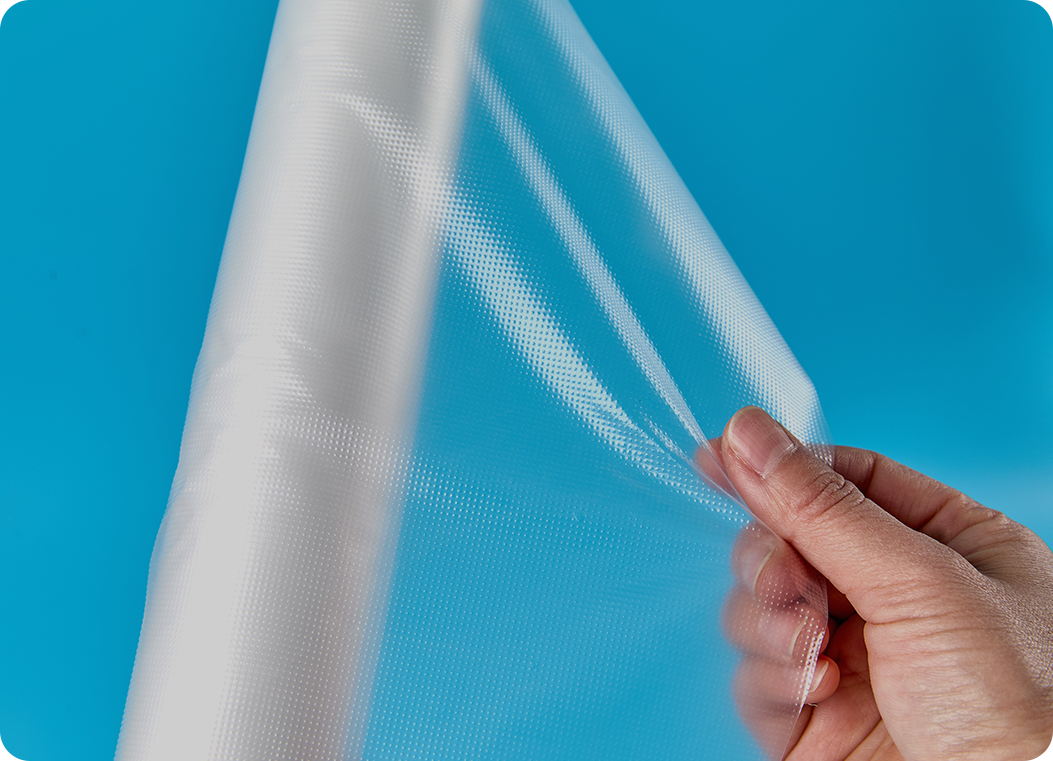
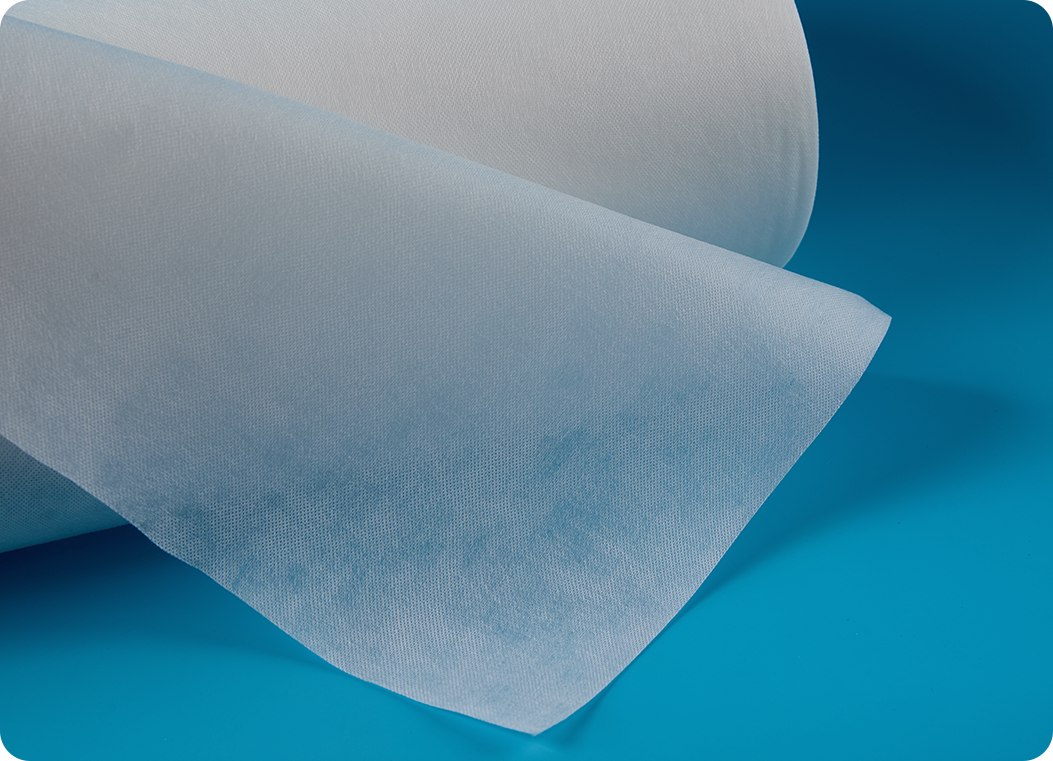
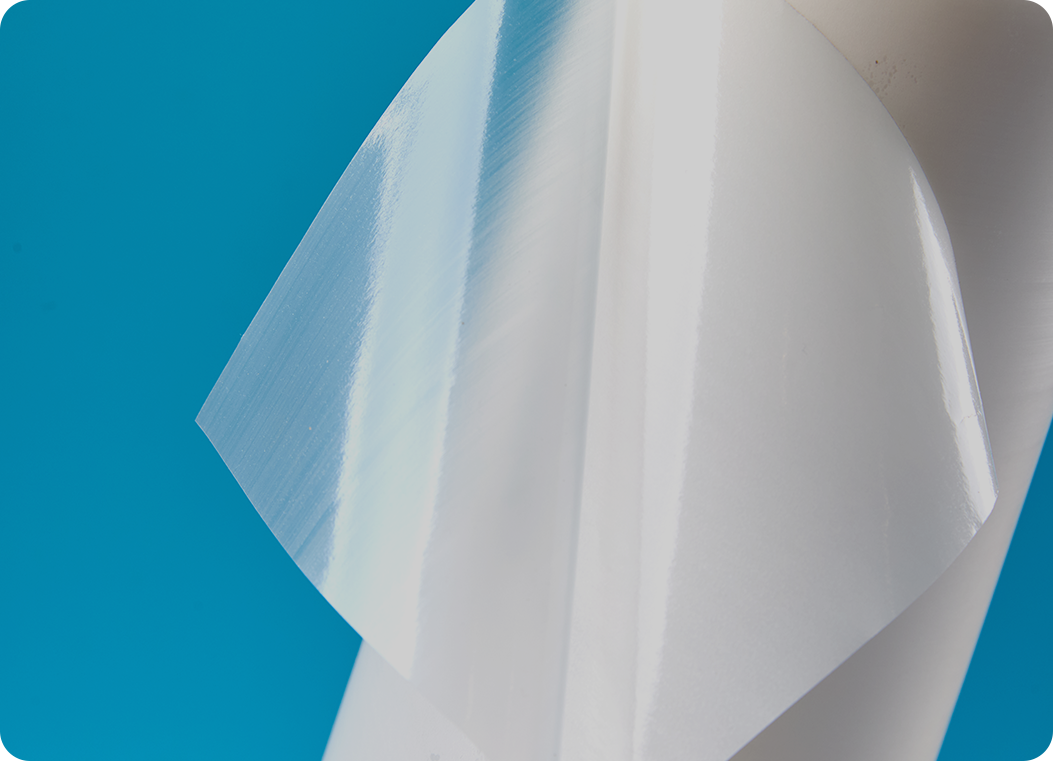
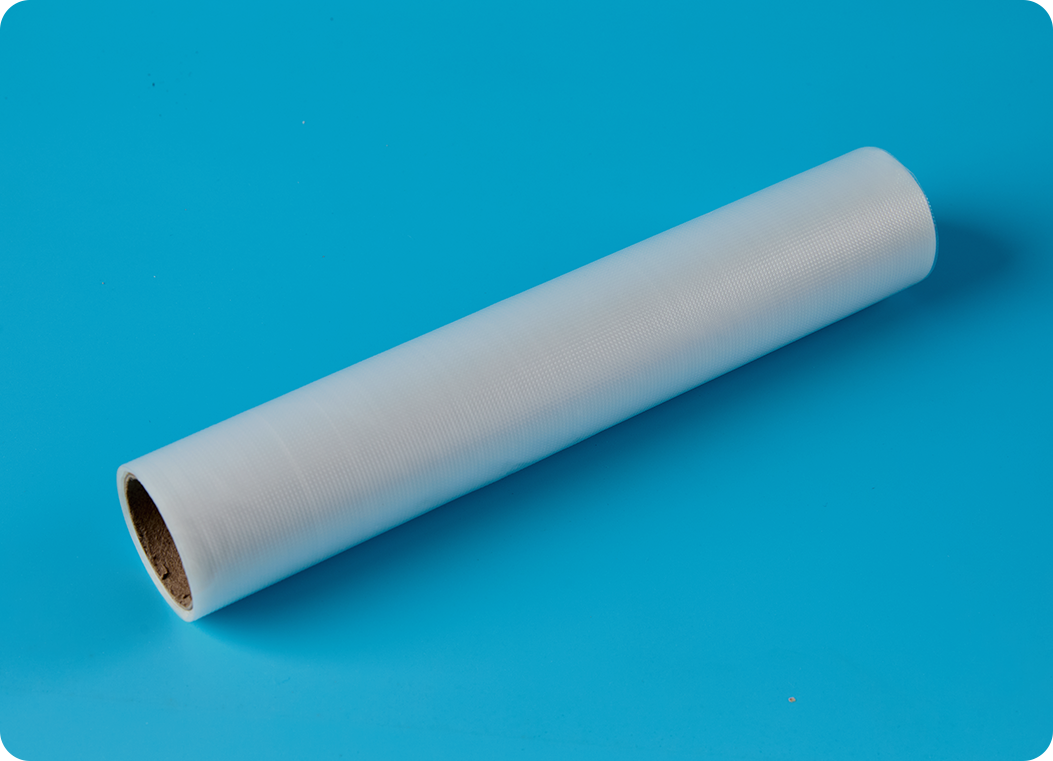
 English
English 中文简体
中文简体 Türk
Türk